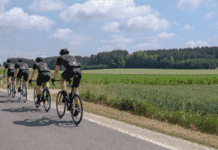Winter mountain Biking isn’t just about enduring the cold; it’s also about embracing the biking adventure during brisk weather. With fresh air, quiet and beautiful trails, and breathtaking snowy landscapes, it offers a unique cycling experience. However, the cold weather can lead to a few challenges and make your winter cycling a little risky if you are unprepared. A simple truth lies at the heart of every winter ride: ‘Cold trails, warm hearts, and happiness on every wheel.’ This blog is about how you can tackle winter mountain cycling challenges and make your winter cycling memorable. Here are 6 must-know cold-weather cycling tips to keep your rides enjoyable, safe, and efficient.
1. Dress Properly for Cold Weather (Layer Up and Stay Warm)
In winter, wearing the right clothes for cycling that make you stay warm is essential. Here are a few cold-weather cycling tips on how to layer yourself for mountain biking:

- Base Layer: Start with a base layer to keep moisture and sweat away from your skin. Fabrics like Merino wool and synthetic materials are best for this, as their excellent moisture-wicking properties efficiently draw sweat away from the skin, help regulate body temperature, and keep you warm in cold weather.
- Mid-Layer: Add an insulating mid-layer, such as thermal wear or fleece, to trap heat and keep your core warm.
- Outer Layer: Top it off with a windproof and waterproof outer shell to shield yourself from snow, wind, and rain while maintaining breathability.
2. Protect Your Extremities
Proper layering alone isn’t enough for winter mountain cycling—your extremities need extra care and protection. Here’s what you’ll need:


- Gloves & Socks: Hands and feet are the first to feel the cold. Invest in insulated gloves and thermal socks that keep your hands and feet warm and functional.
- Cycling Glasses: Cold wind, mud, and debris can blur your vision, so it’s crucial to protect your eyes with clear or lightly tinted cycling glasses to maintain clarity on trails.
- Footwear: Quality waterproof overshoes or insulated cycling shoes keep your feet warm and prevent numb toes. Remember to keep your feet warm to ensure a comfortable ride.
- Neck Gaiter or Buff: Use a neck gaiter or buff to protect your face and neck from the icy wind and maintain warmth.
3. Winter Bicycle Care Essentials
Winter conditions can be harsh on bicycles, which may affect performance and longevity. To keep your cycle in top shape throughout the season, follow these essential care tips:
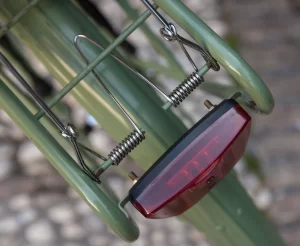
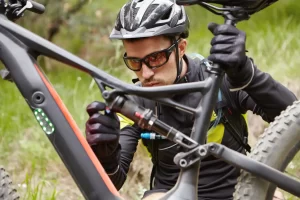
- Check Your Lights: With shorter daylight hours in winter, ensuring clear visibility is crucial. Always check that your front and rear lights are fully charged and bright enough for low-light conditions before heading out.
- Adjust Tyre Pressure: Lowering your tyre pressure improves grip and traction on slippery or icy terrain. Adjust accordingly for better control and safety.
- Maintain Your Bicycle: After every ride, clean your bike thoroughly, as mud, road salt, and other debris can cause damage if left unchecked. Also, lubricate the drivetrain to prevent rust and wear.
4. Plan Your Cycling Route
Cycling in winter requires extra preparation compared to summer rides. Keep these suggestions in mind for a smooth and stress-free ride.
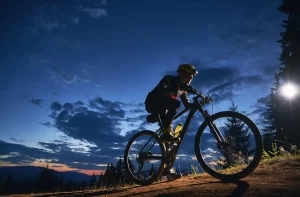
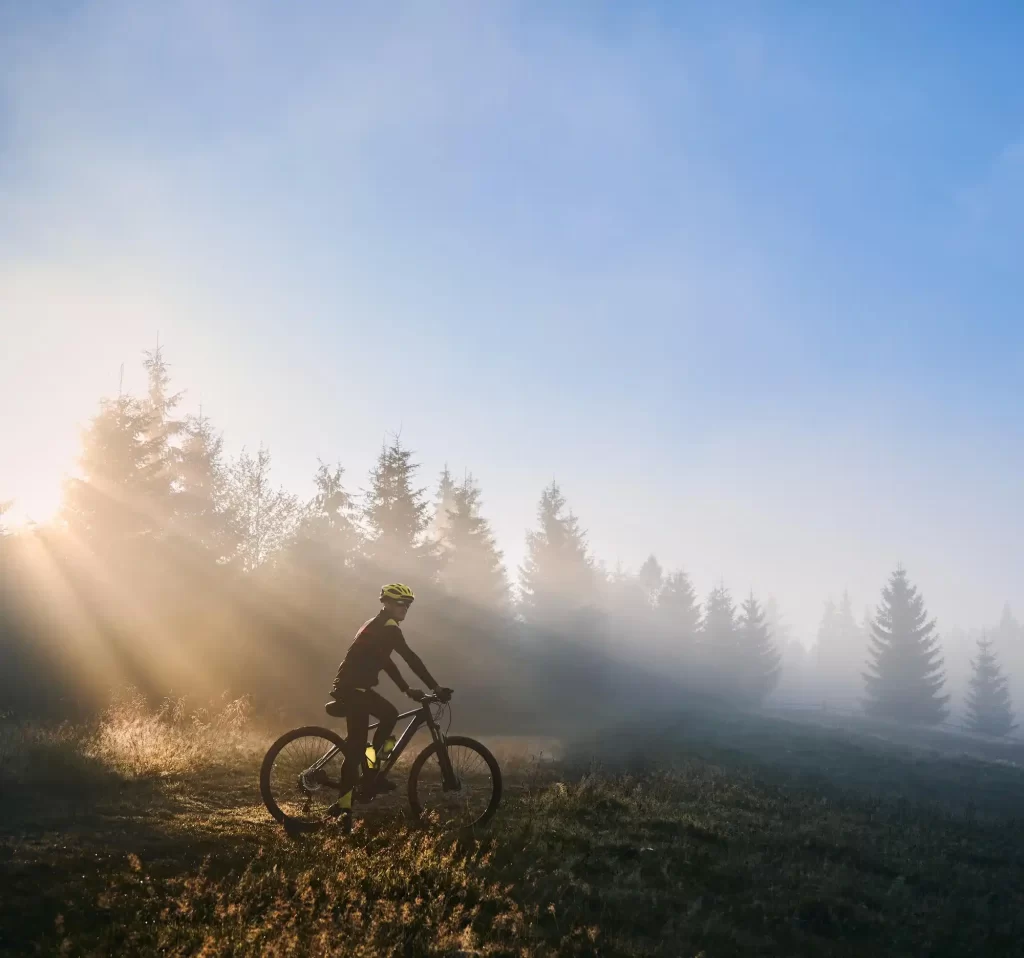
- Ride During Daylight Hours: Schedule your rides around daylight hours to ensure sufficient visibility and avoid riding in the dark.
- Know Your Route: Winter weather can change trails very quickly. Plan your route carefully and avoid unfamiliar or potentially hazardous paths.
- Check Weather Conditions in Advance: Check the weather forecast before cycling. Be ready for sudden weather changes, as winter conditions can shift unexpectedly.
5. Cold Weather Cycling Tips
Here are a few basic but important winter mountain cycling tips for you:

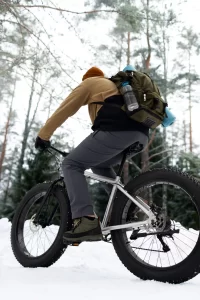
- Use Your Momentum: Stopping and restarting can be more difficult in winter, especially on snowy or muddy trails. Use your momentum to glide smoothly over tricky sections.
- Stay Seated: When climbing or navigating challenging terrain, remain seated to maintain traction on your rear wheel. Shifting your weight unnecessarily can cause your tyres to lose grip.
- Shorter Rides: If you are new to winter biking, start with shorter rides to adapt to the colder conditions and gradually build your endurance.
6. Must-Know Winter Essentials for Your Comfort and Safety
Winter mountain cycling might reduce your thirst and hunger, but your body still needs energy, and staying hydrated is just as crucial in winter as in other seasons.

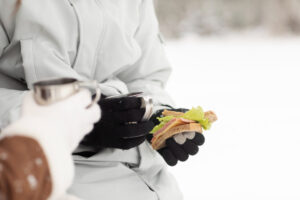
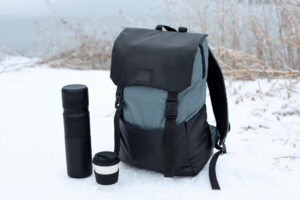
- Stay Hydrated: Drink water regularly during your ride and ensure your bottle or hydration pack doesn’t freeze.
- Energy Bars & Snacks: Keep energy bars, nuts, and other quick energy-boosting snacks with you for energy.
- Take Small Breaks: Take short breaks to eat and drink for an instant energy boost and hydration. Be careful not to linger too long, as you may get too cold.
- Breathe Gradually: Cold air can feel harsh on your lungs. Breathe slowly and steadily to regulate your breathing and prevent that sharp, cold air burn.
- Cool Kit Kills Cold: Pack a small emergency kit, including a phone, a first aid kit, and a multi-tool in case of unexpected problems. These essentials will ensure you’re prepared for whatever winter throws your way.
Winter mountain cycling is all about preparation and mindset. With these cold-weather cycling tips, you’ll be ready to tackle the trails confidently, no matter how low the temperature drops. Gear up, plan your route, and embrace the adventure—winter cycling offers a unique kind of magic waiting for you!
Also, Check out https://ridewatt.com/safety-tips-for-winter-biking/






